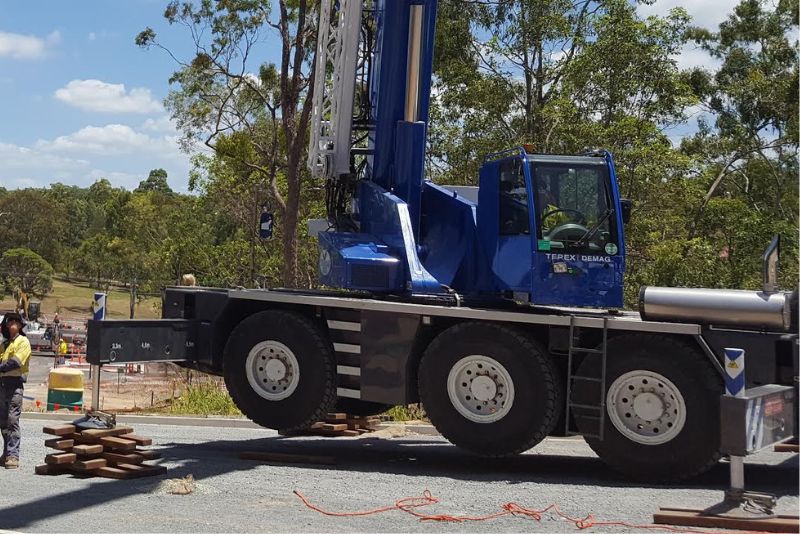
What are Outrigger Floats?
A key component in ensuring the safety and stability of mobile crane operations is the outrigger float, also known as an outrigger pad or jack. This integral piece of equipment plays a pivotal role in enhancing the operational capabilities of cranes, particularly in challenging environments. Understanding how outrigger floats work and their importance can provide insights into the sophisticated nature of modern crane engineering.
What is an Outrigger Float?
An outrigger float is part of the crane’s outrigger system, which consists of extendable beams extending from the base of the crane. At the end of these beams, the outrigger float – a flat, wide pad often made from steel or high-strength composite materials – serves a critical function. When deployed, these floats distribute the crane’s load over a greater area, significantly enhancing stability and safety during lifting operations.
How Outrigger Floats Enhance Crane Stability
The primary function of an outrigger float is to increase the footprint of the crane, thereby lowering the pressure exerted on the ground. This is crucial in preventing the crane from tipping over when lifting heavy loads. The physics behind this is straightforward but effective: by spreading the load across a wider area, the crane’s centre of gravity is maintained within its base of support, making it more stable.
Outrigger floats work in conjunction with hydraulic cylinders attached to each outrigger beam. When activated, these cylinders extend downwards, pressing the floats against the ground. This not only raises the crane slightly, providing a level and stable lifting platform, but also significantly increases the crane’s operational stability by enhancing its surface area in contact with the ground.
Creating a Level Lifting Platform
Beyond stability, outrigger floats are essential for creating a level lifting platform. This is particularly important on uneven terrain, where achieving a level base is crucial for safe crane operation. The hydraulic system allows for individual adjustment of each outrigger, enabling operators to precisely level the crane before commencing lifting operations. This adaptability ensures that the crane can operate safely in a variety of settings, from construction sites to roadside assistance scenarios.
The Importance of Proper Usage and Maintenance
The effectiveness of outrigger floats is contingent upon proper usage and maintenance. Operators must ensure that the floats are correctly deployed and that the ground beneath them can support the load. Using pads or mats under the floats can help distribute the weight more evenly, especially on soft or unstable surfaces. Regular inspections and maintenance of the outrigger system are also essential to ensure its reliability and safety.
Outrigger floats On Mobile Crane
Crane shown is an All Terrain Demag AC55TON





